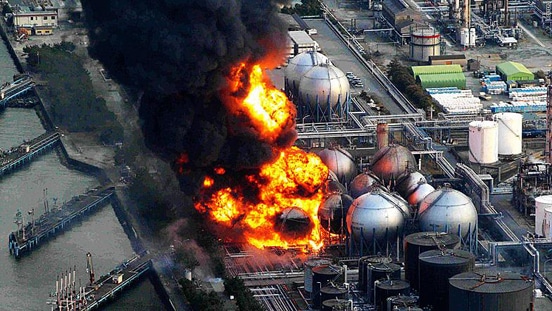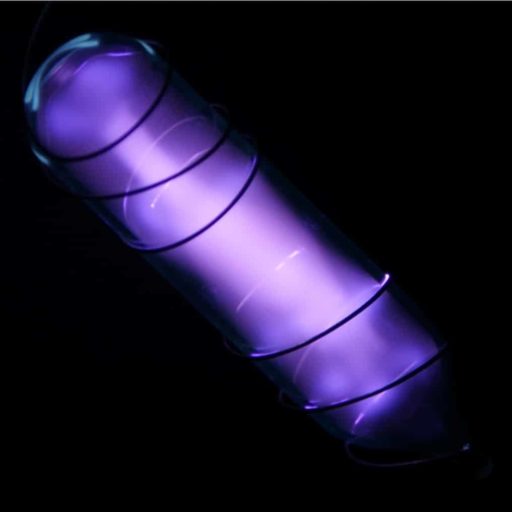The Fukumisha disaster in Japan, in the wake of earthquake and floods, was a grim reminder of the risks of nuclear energy. Recent research reveals that ceramics may be the solution to fool-proof nuclear plants against such future disasters.
The rods that hold nuclear fuel at nuclear plants are a very sensitive engineering issue. Currently, zirconium-based metal alloys are used to create these rods. The practice has been around for more than 50 years and until the Fukushima incident, these rods had proved pretty stable in keeping the nuclear fuel secure and stable.
However, during the Fukushima disaster, the fire ignited the temperature of these rods to a whopping 2000°F. The rods were unable to stand such high temperatures and became highly reactive. They reacted with steam to create immense amounts of heat as well as hydrogen gas which, in turn, further fueled the fire and escalated the nuclear disaster.
The incident demonstrated that the zirconium-based rods are not exactly the best way of holding nuclear fuel. A new solution was sought and it was realized that Silicon carbide ceramic rods are as effective as the zirconium-based rods, along with the added benefit that they are far less reactive and are, thus, a lot safer.
In fact, the Silicon carbide ceramic rods are able to bear temperatures as high as 2900°F without exhibiting any tendencies to react with steam. This makes them an ideal alternative to be used at nuclear power plants. A number of companies are trying to leverage this usefulness and create Silicon carbide rods which will be ready for use at nuclear power plants. Let’s hope that this development would mitigate the risks of any other occurrence like the Fukushima incident in the future.
Courtesy: Pop Sci
[ttjad keyword=”all-in-one-desktops”]




